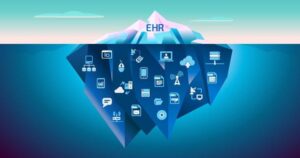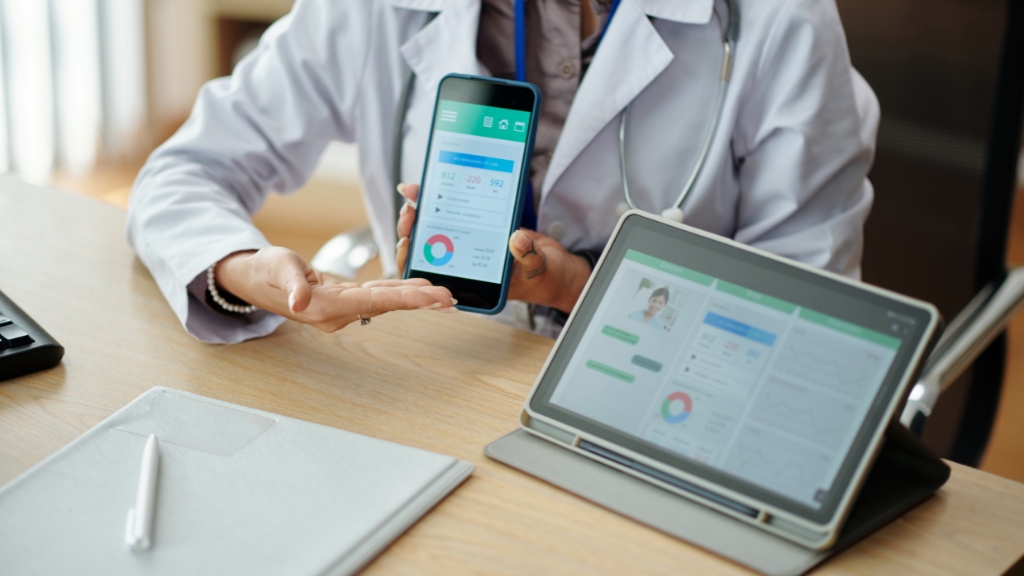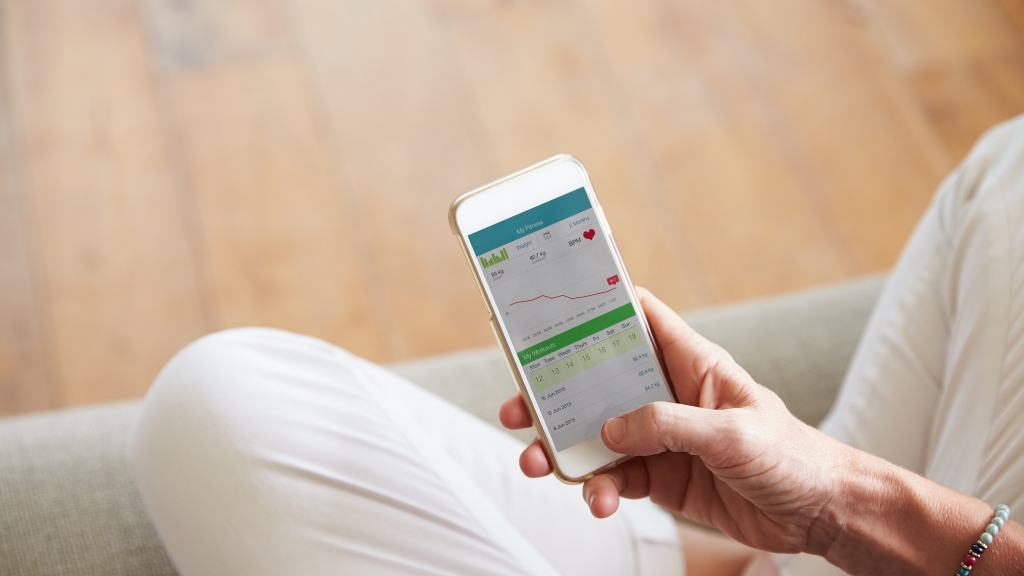
Which statement is true concerning cdr and ehr ?
You’ve probably heard a lot of buzz about electronic health records (EHRs) and clinical data repositories (CDRs) recently. Maybe your doctor’s office has gone digital, or your insurance company keeps sending you messages about accessing your records online. But do you really understand the difference between these two technologies and what they mean for your healthcare? There’s a lot of confusion and misinformation out there. As someone who’s been following the latest developments in digital health, I want to clear up the facts and reveal the truth about EHRs versus CDRs once and for all. By the end of this article, you’ll be understand which statement is true concerning cdr and ehr ?
Defining Key Terms: CDR vs EHR Statements
To understand the difference between a CDR and EHR, we need to define these key terms:
Clinical Data Repository (CDR)
A CDR is a centralized database that consolidates and stores clinical data from various sources within a healthcare organization. It contains a patient’s medical records and health information collected over time from multiple facilities. The data in a CDR comes from sources like EHRs, medical devices, and health information exchanges.
Electronic Health Record (EHR)
An EHR is an digital version of a patient’s medical chart. The provider maintains the patient’s medical and treatment histories over the course of their care. EHRs focus on a patient’s complete health record at a single organization. They allow providers to record patient demographics, medical charts, notes, and prescriptions. EHR data can be shared with other providers the patient sees to facilitate coordinated care.

So in summary, the key differences are:
- A CDR takes a broad view, consolidating a patient’s data from across health systems. An EHR focuses on a patient’s records at a single organization.
- CDR data comes from various sources like EHRs, devices, and health exchanges. EHR data is input directly by providers at the point of care.
- A CDR stores historical clinical data for analytics and research. An EHR supports real-time clinical documentation and decision making.
Both CDRs and EHRs are essential tools for improving health data management and patient care. Together, they provide a holistic view of a patient’s health journey over time.
CDR Extracts Data From EHR for Reporting Purposes
When it comes to electronic health records (EHRs) and clinical data repositories (CDRs), it can get confusing. The truth is, CDRs extract and compile data from EHRs to generate reports for various purposes.
As a healthcare provider, you likely use an EHR system to document patient encounters, track health information, and manage billing. This electronic system replaced the old paper charts and files. Your EHR contains protected health information (PHI) for your patients.
A CDR, on the other hand, takes information from multiple EHR systems and other sources and combines it into a single database. However, the CDR then analyzes the compiled data to generate reports for quality improvement, population health management, billing, and more.
In other words, think of an EHR as the electronic version of a patient’s chart containing their full medical history. A CDR extracts important data points from many EHRs and other places to provide a holistic view of a population’s health. The CDR’s reports and analytics help identify health trends, gaps in care, and opportunities for improvement across the healthcare system.
Without a CDR, each provider organization would be limited to the data in their own EHR. They wouldn’t have insights into care provided at other practices, hospitals, nursing homes, etc. By extracting data from EHRs and aggregating it in one place, a CDR enables a comprehensive understanding of patients’ health journeys across the continuum of care.
Major Differences Between CDR and EHR Systems
The key differences between Computerized Patient Record (CPR) and Electronic Health Record (EHR) systems are:
Accessibility
CPRs are for use within a single healthcare organization. EHRs facilitate electronic exchange of patient information between healthcare providers.
Functionality
- CPRs usually only contain basic medical information like patient demographics, visit records, and prescription history. EHRs offer more advanced functionality, including:
- Decision support tools to help physicians diagnose conditions and recommend treatment options.
- Electronic prescribing to allow doctors to send prescriptions directly to pharmacies.
- Patient portals so people can access their health records and communicate with their doctors.
- Automated reminders for preventive care like cancer screenings and immunizations.
Interoperability
Healthcare organizations often store CPR data in proprietary formats, but design EHRs to be interoperable, meaning they can share data with other systems.
This interconnectivity aims to provide a comprehensive view of a patient’s health records across providers and over time.
Reporting
CPRs typically offer limited reporting functionality. EHRs include robust reporting tools to help healthcare organizations track metrics related to care quality, population health, billing, and more. Reports can be generated to gain insights into areas like patient outcomes, workflow efficiency, and revenue.
In summary, Which statement is true concerning cdr and ehr ? while CPRs and EHRs both contain digital patient health information, EHR systems offer additional functionality around data sharing, decision support, patient engagement, and reporting that provides benefits for both healthcare providers and patients. The future is electronic, and EHRs are helping transform healthcare through improved connectivity and more proactive, coordinated care.
Common Misconceptions Statement About CDR and EHR
When it comes to electronic health records (EHRs) and clinical data repositories (CDRs), there are a few common misconceptions. Let’s clear up some of the confusion.
CDRs and EHRs are the same thing.
While CDRs and EHRs are both electronic systems used in healthcare, they serve different purposes. An EHR contains patient health information from a single organization, like a doctor’s office or hospital. A CDR, on the other hand, brings together patient data from multiple sources to give providers a more complete view of a patient’s medical history.
All patient data is shared between systems.
Not necessarily. Patients have the right to control what data is shared between their EHR and CDR, or with other EHR systems.
Once data is in an EHR or CDR, it will always be available.
Healthcare organizations must keep patient records for a minimum number of years, but they can purge inactive data according to their retention policy.
All providers in an organization can access a patient’s full record.
Not true. Healthcare organizations use role-based access controls to ensure that providers and staff only have access to the minimum amount of patient data necessary to do their jobs. A physician will have access to more of a patient’s record than a nurse or receptionist, for example. Strict privacy laws also apply here to protect patients’ personal health information from unauthorized access.
Which Statement About CDR and EHR Is True?
Do you want to know Which statement is true concerning cdr and ehr ? The truth is, both CDR and EHR have their pros and cons in today’s healthcare environment.
CDR
A Clinical Data Repository (CDR) is a database that consolidates clinical data from various sources within a healthcare organization.
Typically, a CDR contains data that has been formatted similarly and standardized. The main benefits of a CDR are:
- Improved data quality. By combining data into a single source, inconsistencies can be identified and resolved. Standards and rules can be applied to format data consistently.
- Increased data accessibility. A CDR allows authorized users to access patient data from across the organization in one place. Clinicians and staff no longer have to search through different systems to find information.
- Supports reporting and analytics. CDR data is used to generate reports, analyze trends, and make data-driven decisions.
EHR
An Electronic Health Record (EHR) is a digital version of a patient’s medical chart. EHRs contain a patient’s medical history, diagnoses, medications, and other healthcare data. The main benefits of an EHR are:
- Improved quality of care. EHRs can help reduce medical errors and allow for more coordinated care across providers.
- Increased efficiency. EHRs eliminate the need for paper charts and make it easy for authorized users to access patient information electronically.
- Patient access. Many EHR systems offer patient portals that allow patients to view their health records, message their doctors, schedule appointments, and more.
In summary, while a CDR and EHR are different systems with different primary uses, both aim to improve health data management and the quality of care through the use of technology and electronic records. Therefore, the choice between implementing one or both systems depends on the specific needs and priorities of each healthcare organization.
Conclusion
So there you have it, the truth behind Which statement is true concerning cdr and ehr ? While both have the potential to improve care coordination and health outcomes, CDR and EHR are not one and the same. CDR refers to the actual sharing of data between providers and healthcare organizations. EHR is an electronic system providers use to record and store patient health information. CDR and EHR adoption and optimization are essential to realizing the benefits of health IT.
The next time someone confidently claims that CDR and EHR are interchangeable terms, you’ll know better. Understanding the difference between these two concepts is key to having informed discussions about health data exchange and interoperability. Keep learning, ask questions, and don’t be afraid to call out incorrect information – our healthcare system will be better for it.
Leave a Reply
- AI in Diagnostics: Revolutionizing Early Detection and Accuracy
- How AI and Advanced Analytics Are Transforming Healthcare Outcomes
- Investing with Confidence: The Role of ROI Calculators
- How ROI Calculators Drive Data-Driven Business Strategies
- The Ultimate Guide to ROI Calculators for Business Success
- Making Sense of ROI Calculators: A Comprehensive Guide
- June 2025 (1)
- May 2025 (1)
- October 2024 (2)
- September 2024 (31)
- August 2024 (31)
- July 2024 (27)
- June 2024 (28)
- May 2024 (30)
- April 2024 (33)
- March 2024 (23)
- February 2024 (29)
- January 2024 (3)
- December 2023 (47)
- November 2023 (36)
- October 2023 (23)
- September 2023 (2)
- June 2023 (2)
- May 2023 (13)
- April 2023 (1)




